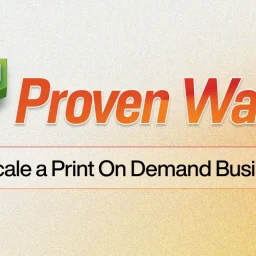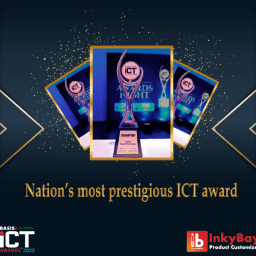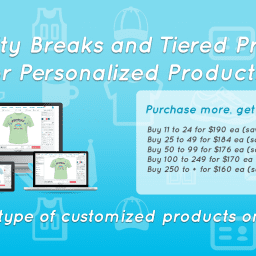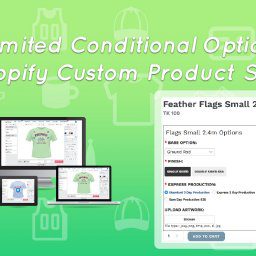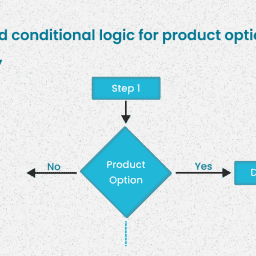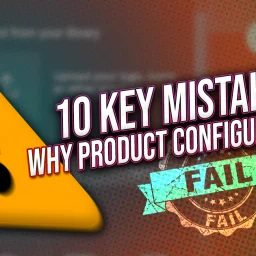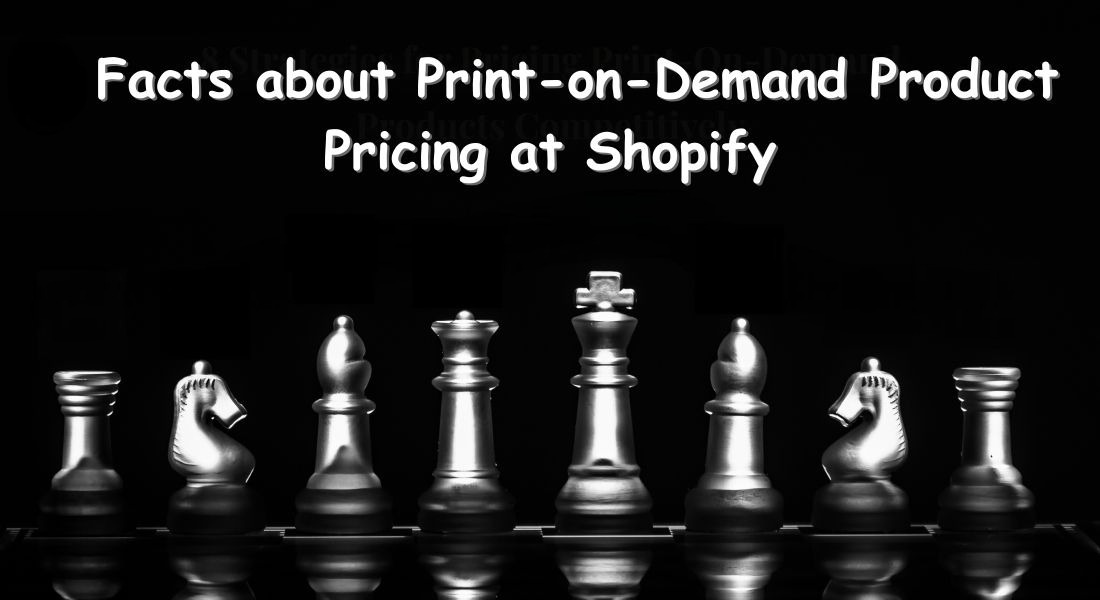
Last Updated on September 4, 2023 by Tanvi

The popularity of print-on-demand (POD) products in the eCommerce retail sector has increased. In a similar way, the number of POD businessmen on Shopify is rising day by day.
The reason behind its popularity is that print-on-demand businesses provide customers with several personalization options without a hassle. Because all of their personalization requirements are fulfilled by the store owner and customers, just get the ready product.
But there is no way to deny that pricing products competitively is a major obstacle for a POD business owner. Research shows that pricing is the most important factor for 60% of online shoppers around the world when deciding what to buy.
Not only is pricing important for POD businesses, but it is also critical for any type of eCommerce business. But unfortunately, the majority of business owners do not know how to price products on a platform like Shopify.
Setting a price for a product is really tricky. Pricing goods or services too high will demotivate your potential buyers. On the other hand, selling products at a low price can cause a loss of money.
As a result, it’s essential to keep a balance between cost and gain. So, for the sake of your business, this article will go over some important points and pricing facts about Shopify print-on-demand business.
But you will be surprised to know In a print-on-demand business, using an application that allows setting different pricing according to different product types is an absolutely good idea. We will talk about that too. Now have a look at some pricing facts of a POD business.
Pricing facts of Shopify Print-on-Demand Businesses
- There is No Fix Way Of Pricing
- Set Print-On-Demand Pricing According to Designs
- Focus on Production And Shipping Costs
- Do Not Forget About Taxes
- Cost of The Online Shopping Cart for Each Purchase
- Fix Your Profit Margin
- Invoice your Total Expenses
- Review Prices on a Regular Basis
- Use a Business-Centric Product Personalizer
Fact 1- There Is No Fix Way of Pricing
There are no fixed rules for setting retail prices in an eCommerce business, or even a “right” method to sell your things online. A company’s success and continued existence depend on how it sets prices competitively.
Before you look at how your competitors are pricing their products, you should find a long-term base price for your own.
If you sell your products below cost, you may forget about expanding your print-on-demand business. Because selling a product rather than its actual price is not the actual motto of your business.
So, when you decide how much to charge for your print-on-demand or dropshipped items, you need to think about how much they cost to make. And then the design expense is something you should pay attention to.
Fact 2- Set Print-On-Demand Pricing According To Designs
If you want to make money from a POD business, it’s essential to limit the number of copies sold or the length of the sale.
But predicting how many of a certain design will sell is only sometimes possible. In this scenario, you can change the process and determine your profit margin after choosing your price. Find out how many product units you need to sell at your desired price.
This way, you’ll know how many you need to sell to break even, and if that seems too high, you may lower your profit margin. To keep your retail price low while making your own designs, it can be tempting to forget about design costs.
Moreover, You may find tools like InkyBay-Product Personalizer that will help your customers with the design process. The best piece of advice I can give is to establish a fair hourly rate for your efforts. The sum in question must then be applied to the price of the item. It will also help you determine the value of your business time investment.
Fact 3- Focus On Production And Shipping Costs
Customers may add additional shipping costs if they decide to use print-on-demand services. Decide wisely whether you want to charge customers a fixed amount for delivery or a percentage of the purchase price. It must be sufficient to pay the fees charged by your service provider.
The most important thing to remember is that the shipping cost will change depending on the type of product you’re sending and where you want it delivered. Shipping costs are calculated individually for each order and are affected by numerous factors, such as product type, fulfillment location, and final delivery address.
Free shipping has been shown to increase conversion rates by as much as 4.5 times. You can avoid spending extra money on shipping by factoring the rates into the price of your product.
Do not make your shoppers habituated to free shipping; otherwise, they will pay more for your products if you provide them with a discount on shipping. But it will not be profitable for you all the time. So, understanding the mentality of your target market is important. Do not offer them frequent free shipping.
Fact 4- Do Not Forget About Taxes
Earning money is only part of the equation when running a business; you also have a responsibility to your country by paying taxes as required.
Taxes, such as sales tax in the United States, VAT in the European Union, and GST in Australia, may be applied to your purchases. Customers’ tax payments may also be your responsibility. Depending on the specifics, your product price may also need to account for these costs
The percentage might be anywhere from 4% to 10% in the US and 17% to 27% in the EU, depending on the starting price.
Before knowing the customer’s location, it is impossible to provide an accurate quote. If you need to figure out what you need to account for when calculating taxes into the pricing of your goods, a tax expert should be consulted.
Fact 5- Cost of the Online Shopping Cart For Each Purchase
To sell online, you must choose a platform to run your web-to-print business. While opening and running an online store, several costs exist, from eCommerce platforms and marketplaces to payment processors.
There are a variety of options for online stores, such as Woocommerce, which is free to use, and others, like Shopify, which has a monthly fee. Etsy and 3dcart take a cut of what you make on top of the transaction fees they charge.
Some payment processors, like PayPal, don’t charge to set up an account or integrate, but they do charge a fee for each transaction. It’s important to factor in any applicable fees when pricing your products.
Fact 6- Fix Your Profit Margin
You can add all your variable product costs to determine your profit margin.
At that point, you’ll have an advantage over the competition. You may test out various pricing methods to maintain or increase your profit margin.
Keep an eye on the competition, and ensure your asking price is still within the range of what customers are willing to pay in your market. It may be challenging to make a sale if your price is double that of your competitors.
Never undervalue the effort you put into your shop. You should reevaluate your profit margin or the efficiency with which you’re operating your store if you’re putting in a lot of time but need to see more return on your efforts.
If you aim for a 22% profit margin, you must ensure that your earnings are enough to cover your business’s costs.
Fact 7- Invoice Your Total Expenses
Count everything, from the monthly fee for your eCommerce platform subscription to the money you spend on advertising, your internet bill, etc.
Additionally, keep a note of the monthly target, how many items you need to sell, the number of units you already sell, and the information about the profit margin.
Calculating the net profit margin involves dividing annual net income (or net profit) by annual revenue and then multiplying the result by 100. This method helps you calculate how many items you should sell each month to meet your profit goals. Furthermore, you must be prepared to make budgeting a continuous activity.
Your product’s retail price should cover all of its costs, as well as give you a fair profit margin. Your product pricing may need to account for things like R&D, production, packaging, transport, and platform fees per transaction. Your profit margin should be flexible and shift according to your business decisions.
Fact 8- Review Prices On A Regular Basis
The price you are going to set for your custom product likely will be adjusted multiple times. Increasing or decreasing pricing might help you to balance your expenses and income. Moreover, testing out various pricing methods in an effort to boost sales.
Making sure your price is within the range of what customers are willing to pay is a crucial component of setting your price. If your selling price is double that of your competitors, you may find that sales become difficult.
Still, there’s a way out. When setting prices with an eye toward the market or the competition, it’s important to first determine what the going rate is for products that are comparable to your own.
Fact 9- Use a Business-centric Product Personalizer
If you are just running a print-on-demand business in eCommerce, especially in Shopify, then you can use a product personalizer application that allows setting smart pricing by making your products configurable. In Shopify, there are several applications available for a print-on-demand business. We are giving you an example here-
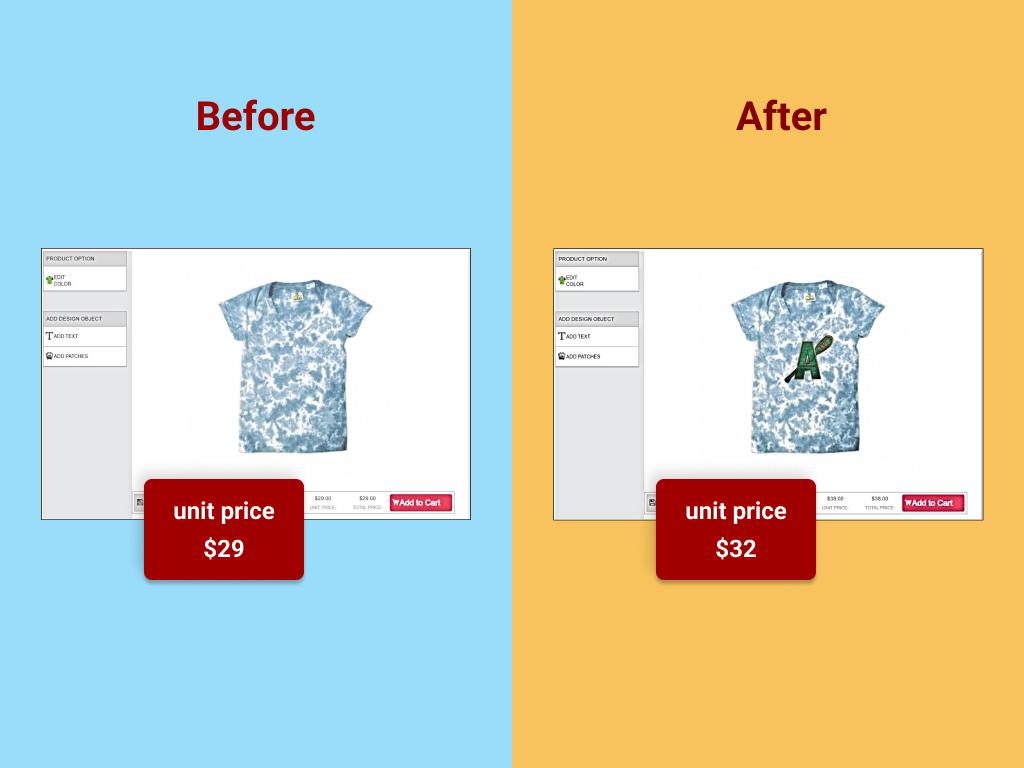
Here you can see a Shopify store where the business owner used a product personalizer that showed real-time prices. That means that when a user puts a design on a configurable product, the price goes from $29 to $32 right away, and the user can see that practically.
Actually, this feature is good for both customers and businesses because it lets store owners set different prices for different products. Which ultimately helps them to balance cost and profit. Additionally, a smart pricing idea increases the AOV and CLV of a POD business.
Three Pricing Models Are Beneficial For A Print-On-Demand Business
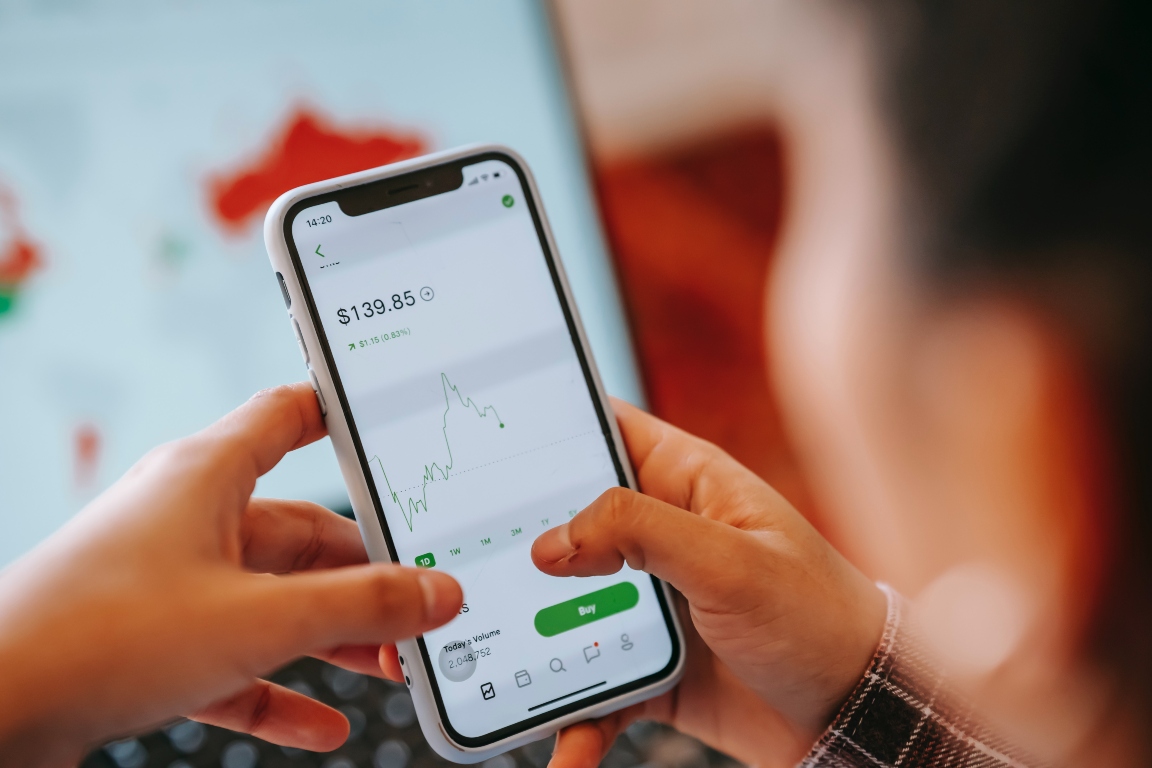
Model 1- Stick to the Higher Pricing
Set your prices higher than the normal market price. It will provide additional value to your customers. Each order can be personalized with a special touch, such as a gift, a handwritten note, or a high-quality visual display.
Setting your prices in line with the market is a solid idea if you want to reach a sizable demographic while still making a profit. That will put you on par with your rivals in terms of pricing, allowing you to target the same group of consumers they do.
Model 2- Offer Lower Price
Sometimes offering lower prices than the competition is a great way to gain market share and grab customer attention for a long time. But do not offer low prices repeatedly because, in the long run, it will harm your business reputation.
Alternatively, you can attract more customers by starting your prices lower than the market average to hold onto your current customers.
Model 3- Focus on Customized Pricing
Customized pricing can be offered with the help of the Product Configurator in Shopify. Choose such applications that allow you to make the product configurable and show different pricing (real-time, dynamic pricing, tire pricing).
The biggest benefit of customized pricing is that it allows business owners to set prices according to their own preferences. Suppose some businessmen may want to add pricing according to printing types or the complexity of product design. Read this to know more details about customized pricing.
Bottom Line
Shopify Print-on-Demand business can be really profitable if you understand the fact of smart pricing. Because in a custom business, pricing can vary from product to product. If a store owner sets the same price for all products, it will ultimately harm his business profit margin.



